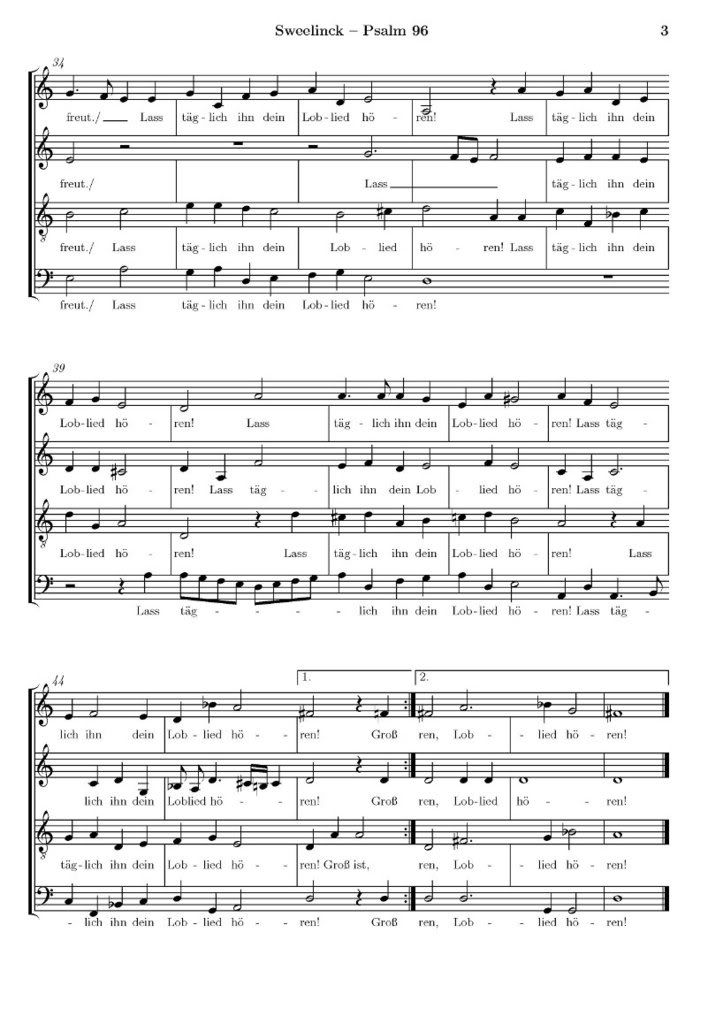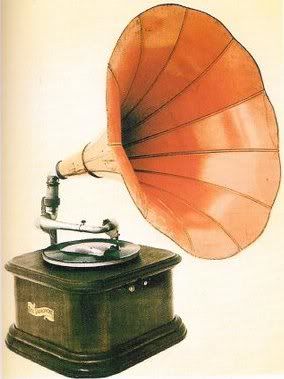
I am indebted to Marten van Delft for the suggestion (which is so obvious, I'm ashamed I didn't think of it myself) that I should ask Pieter Coningh, the kerkmeester of the Sint Nicolaas Kerk if he might know where I could meet Jan Sweelinck.
 In my free afternoon, I make my way to the Kerk through the icy streets. The Kerk is every bit as huge and draughty as I expected but in the nave there are at least a few small braziers spaced out, where folk can warm themselves for a while. The whitewashed walls give the place a serene, and airy feel and the voices of visitors, mostly transacting business of one kind or another, echo from the vaults overhead. The Kerk still shows the traces of iconoclastic damage by zealous Calvinist believers fifteen years ago (although I can hardly blame them for their anger, considering the atrocities committed against their countrymen). I can't help wondering if Jan Pieterszoon shares the strong feelings of so many of his compatriots against catholicism. Being born at the time when the Spanish hold over the Netherlands was decisively broken, I expect he has no memories of events at the time, but his attitude has probably been colored by the recollections of his parents and older friends. If all goes well, in a few minutes I may be able to put the question to him in person.
In my free afternoon, I make my way to the Kerk through the icy streets. The Kerk is every bit as huge and draughty as I expected but in the nave there are at least a few small braziers spaced out, where folk can warm themselves for a while. The whitewashed walls give the place a serene, and airy feel and the voices of visitors, mostly transacting business of one kind or another, echo from the vaults overhead. The Kerk still shows the traces of iconoclastic damage by zealous Calvinist believers fifteen years ago (although I can hardly blame them for their anger, considering the atrocities committed against their countrymen). I can't help wondering if Jan Pieterszoon shares the strong feelings of so many of his compatriots against catholicism. Being born at the time when the Spanish hold over the Netherlands was decisively broken, I expect he has no memories of events at the time, but his attitude has probably been colored by the recollections of his parents and older friends. If all goes well, in a few minutes I may be able to put the question to him in person.
Now that I'm here, Meester Coningh seems to be almost as difficult to catch as Jan Sweelinck; the church is a large building, and I worry that when I go east, he could be going west. An older man in a broad felt hat suggests I wait beside the brazier while he goes in search, and a few minutes later Meester Coningh comes hurrying up, taking a few minutes to warm his own hands. It's a good thing I picked today to come in search, Jan Sweelinck will be giving a short performance in perhaps fifteen minutes. With that information, I gratefully accept a small stool and make myself comfortable to wait.
In the next fifteen minutes, quite a crowd assembles in the nave of the church, mostly men, and mostly fairly well-to-do judging by their apparel, and many of them bring either stools or small folding chairs with them. Could this be the reason stoutly padded clothing is so much in vogue? the chairs and stools are un-cushioned, they wear their cushions!



It must be twenty minutes since the recital ended, and from my watch-post lurking beside a pillar near the west end of the kerk I approach the gangly pink-faced boy who comes down from the stairway beneath the tower with a leathern document wallet in one hand to be met by a girl in a dark brown dress, of more-or-less the same age.
"Heb ik het genoegen van het aanpakken van Meester Jan Pieterszoon Sweelinck?"
The girl (girlfriend? sister?) who has taken his arm smiles proudly at him as he confirms that he is indeed the young man I am looking for, but if I will excuse him, he is required to attend lessons with his tutor, at the expense of the city burghers. Perhaps I would come to number 19 on the Langestraat this afternoon, about four-o'clock? and there he will be honored to introduce me to his family and answer my questions.
I haven't long left the Kerk when I am approached by a rather agressive woman, her face reddened with windburn, who demands alms of me. It does me no harm to give her a few silver schellingen and, concerned for her continued existence, I ask where she shelters. Perhaps because I try to show a measure of compassion her attitude towards me changes a little and she opens up.
"When I have a penning I go to the Gasthuis down past the 'house on the three canals' at night but if I have any money I have to hide it, or they take it all. Sometimes one of the taverns will let me sleep on the floor in return for sweeping."
It seems that, until the Calvinist influence spread to the Netherlands, such unfortunate souls were able to obtain a measure of assistance from the church, being allowed to shelter in the building, and receive whatever victuals might be donated from day to day. But now, charity takes a different tone, and emphasises the importance of working for one's daily bread.

References
Please take a moment to visit this page which has many fine illustrations as well as a condensed guide to the Oude Kerk.
For a more detailed history of the Kerk, this is a good page to visit.
This page, describing the commerce of the Dutch Indies, has some examples of currency.


The written content of this work is licensed under a Creative Commons Attribution-Noncommercial-Share Alike 3.0 Unported License.
No comments:
Post a Comment